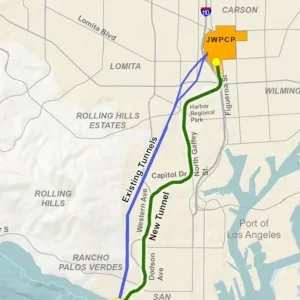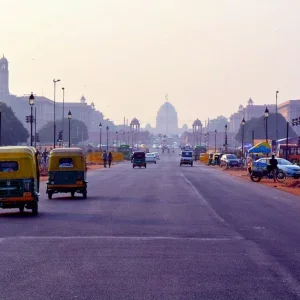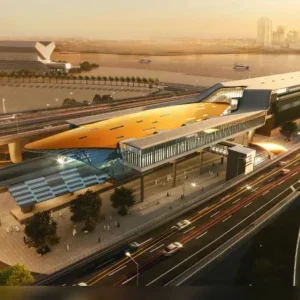Excavation finished last month on Line 12 of the Mexico City Metro. A 10.2m Robbins EPBM completed the 7.7km drive. The contractor was a JV of ICA, Carso and Alstom.
Ground was variable and included watery clays, cobbles and large boulders. The machine was launched in February 2010 and emerged on 1 March after breaking through seven cut and cover station sites that ranged from 150 to 190m in length.
Advance rates hit 135m per week and averaged 400m per month. This was helped by active articulation that permitted curves of down to a 250m radius. A two-stage screw conveyor with an initial ribbon-type screw allowed for boulders up to 800mm.
Real-time settlement monitoring was necessarily rigorous. At one stage the machine was within metres of a 16th century church. A two-liquid back-filling system with rapidly hardening cement reduced settlement, which stayed within the limits of 20 to 50mm.
The new 25.4km line, the longest of the metro system, will be the first for 10 years in the 20 million-strong Mexico City and will carry around 350,000 passengers daily (see feature, page 24).







